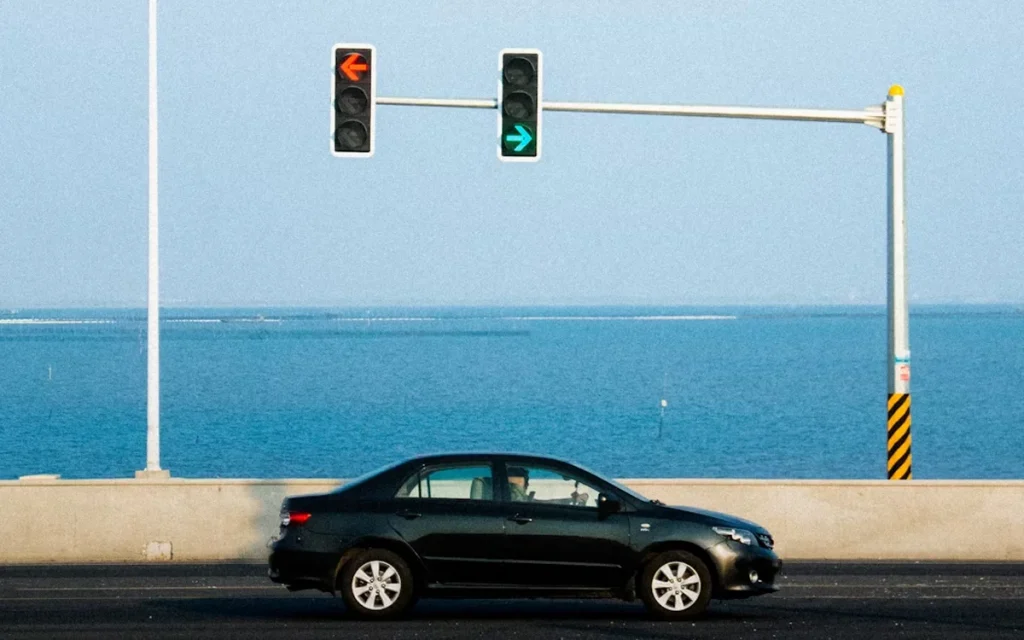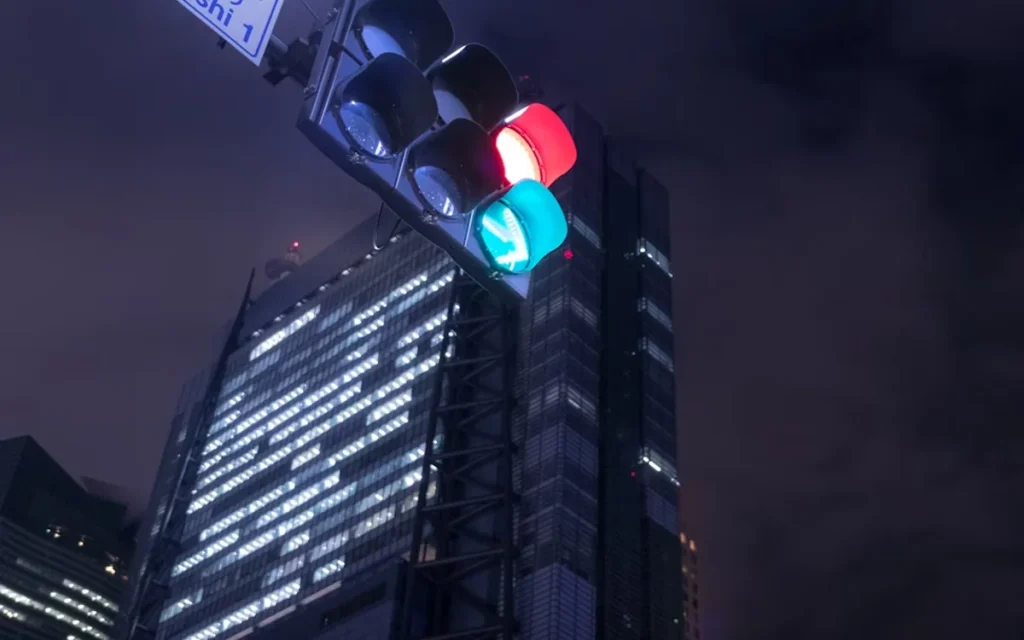Why a new color hasn’t been added to traffic lights in over a century, as white lights may now be introduced
Published on Nov 06, 2025 at 5:52 AM (UTC+4)
by Jack Marsh
Last updated on Nov 05, 2025 at 7:54 PM (UTC+4)
Edited by
Emma Matthews
Traffic lights have been a feature of every car journey all over the world for over a century, flashing red, yellow, and green, but this could change as a white light may now be introduced.
Those colorful lights are used to control the flow of traffic and to avoid collisions at intersections with many different turns.
Mundane, but effective.
Yet these rainbow lights that have remained unchanged for a century are about to get a makeover, and there’s a very good reason why.
VISIT SBX CARS – View live supercar auctions powered by Supercar Blondie
Traffic lights might be changing, but here’s how they withstood the test of time
Although they were first introduced back in 1868, traffic lights haven’t always been the same.
In fact, at one point, they were string ‘semaphore’ contraptions that would include flags and signals to stop carts, carriages, and eventually cars.
The electric traffic light was first rolled out in 1914, and the tri-colored system we have now has stood since 1920.
Since then, the only way that they have changed is through the tech and timer hardware.
In the modern age, even these simple features can cost millions of dollars to create, as they operate in the busiest neighborhoods in the world.
For over 100 years, they’ve stayed the same. Recognizable, understandable, and adept at the job it does.
All in all, it’s a simple case of ‘If it ain’t broke, don’t fix it’.
Only it’s taken until 2025 for there to be a ‘break’

It’s the introduction of autonomous vehicles that is prompting this change, as the new white light is supposedly set to mean ‘follow on’.
In essence, it means follow the car in front of you, working as a ‘hive mind’ as the cars will follow suit like something out of the Bee Movie.
And, it doesn’t even need to be white. The new proposition states it could be any color that isn’t already used, although white seems obvious, as it wouldn’t clash with any other.
There’s even a fifth color in Japan
As we contemplate a fourth color potentially coming to the United States traffic lights, Japan has already added another hue to its traffic palette.
Although this is more of a translation error.
When they were first made a legal requirement by the United Nations treaty in 1968, Japan didn’t have a translation for the color green.
The word ‘ao’ was used for both blue and green, and resulted in the Japanese traffic lights being installed as red, yellow, and blue.

If these white lights do catch on, it might be the perfect time for everyone to finally get on the same page.
DISCOVER SBX CARS: The global premium car auction platform powered by Supercar Blondie
Jack Marsh is a journalist who started his media career after graduating with a degree in Journalism from the University of Chester. As an avid supercar and racing enthusiast, he has a passion for everything from Formula 1 to NASCAR. Whether it's highlighting the intricacies of McLaren’s anti-dive suspension revelations or recognizing celebrities’ multi-million-dollar rides, he has a keen eye for the faster things in life.




